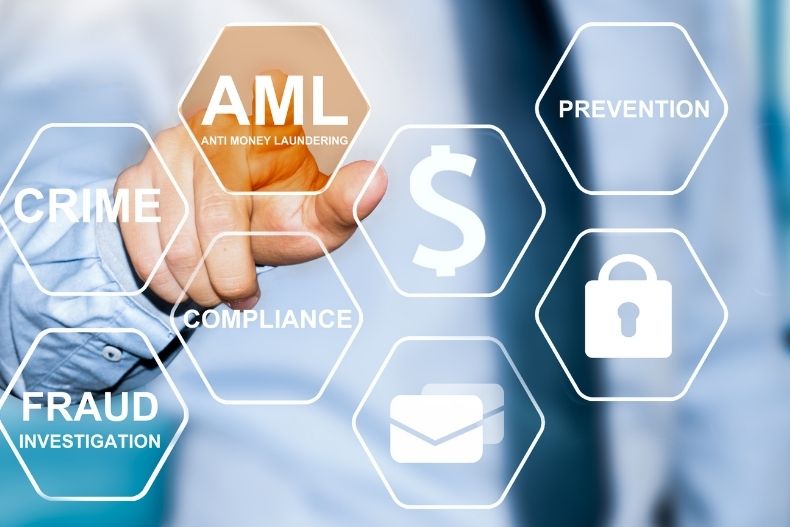In 2020, banks saw an upsurge in issues related to money-laundering. And the pandemic situation only opens up new loopholes for scammers. So, how to choose a reliable AML software to protect your business from repercussions?

Choosing AML: Heaven or Hell?
Dealing with money-laundering threats can save your company from harsh financial punishment. But before you choose AML software to automate the security system, there are a few factors to consider.
1. Basic Requirements
The AML service that you choose must be oriented towards: a) type of your clientele, b) financial situation, in which your business operates.
Therefore, AML software must feature:
-
-
- Risk control. Know Your Client, Politically Exposed Person PEP Screening, Adverse Media Check-Up and Transaction Monitoring.
- Match algorithm. This helps find the suspicious social media profiles even if they are in another language.
- Update check. Personal data of your clients changes non-stop. The AML database must catch up automatically.
- Data analysis. This keeps an eye on the customer/transaction data to detect anything suspicious.
-
These are fundamental criteria an AML service must meet.
2. Expertise
Then an AML service needs expert employees who form a compliance team. No matter how advanced the software itself is, you will need specialists who will design the compliance strategy.
3. Technical Security
Now, AML software is basically a giant hub that contains tons of sensitive info. Therefore, it should be guaranteed that this vulnerable data is protected on all sides.
Moreover, it is demanded by numerous regulations — General Data Protection Regulation is one of these.
Another requirement here is that your business should get the ISO27001 certificate. This is an internationally acknowledged standard that confirms that your company knows how to keep the clients’ private info safe and sound.
4. AI
And of course, it’s impossible to process huge chunks of data without automating things. Such important tasks as PEP Screening or Transaction Monitoring can be run by AI. It will save time, human effort and also help organize data more efficiently to detect anything suspicious.
5. REST API
Application Programming Interface or API for short helps to ‘befriend’ the AML software and other programs employed in your system. And REST — Representational State Transfer — defines how API will look.
Here are a few details to notice:
-
-
- Synchronization. REST API must be in perfect sync with your AML software when integrated.
- Availability. It should be accessible to the compliance staff, so possible problems and threats can be detected in time and prevented.
- Standards. At the same time, the API itself should meet security criteria.
- Operation speed. It also must be quick enough to catch up with the search volumes of your AML and its speed. (Some services can do it in under 1 second to identify a person).
-
Employed together with AI, it will also help reduce the possible false positives — fake alarms in other words.
Finishing Details
Last but not least, you need to figure out how the AML system of your choice will be integrated. Basically, there are two choices: either installing the software on your company’s computers or using it remotely via a cloud platform.
In the first scenario, you will get such perks as full and more responsive control over the AML data and processes. But it will be costlier since you won’t only pay for a license, but also will need to have in-house IT specialists.
In the second scenario, you will invest less money and also will be liberated from having to maintain the entire system by yourself. But your control will be vastly limited.
Feel Well with AML
One way or another, choosing an AML solution is inevitable. Luckily, they offer out-of-the-box plans and all you need to do is to check whether they meet all necessary criteria that we told you about.